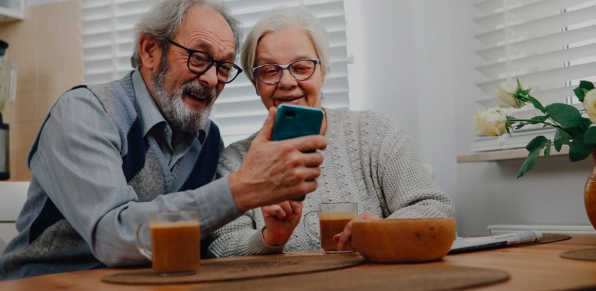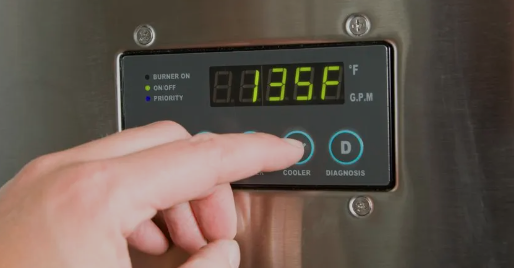High Quality Devices Designed For Elderly Users.

In an era marked by rapid technological advancements, the design and development of devices tailored for elderly users have gained prominence. The aging population worldwide calls for innovative solutions that prioritize accessibility, ease of use, and safety. This article explores high-quality devices designed specifically for elderly individuals, addressing the challenges they may face and the ways in which technology can enhance their daily lives.
1. Smartphones and Tablets
1.1 Large Font Displays and Intuitive Interfaces
Smartphones and tablets with large font displays and intuitive interfaces are crucial for elderly users with potential visual impairments. High-quality devices in this category prioritize readability, ensuring that users can easily navigate menus, read messages, and engage with applications without straining their eyes.
1.2 Enhanced Audio Features
Incorporating enhanced audio features such as loud and clear speakers, adjustable volume settings, and compatibility with hearing aids caters to the specific needs of elderly users. Clear and audible communication is vital, ensuring that phone calls, video chats, and multimedia content are accessible to all.
2. Wearable Health Monitors
2.1 Continuous Health Tracking
Wearable devices designed for elderly users focus on continuous health monitoring. These devices go beyond basic fitness tracking, incorporating features like heart rate monitoring, fall detection, and medication reminders. The seamless integration of health data with smartphones or tablets provides valuable insights for both users and healthcare providers.
2.2 User-Friendly Design
High-quality wearable health monitors prioritize user-friendly design, taking into account factors such as comfort, simplicity, and durability. Straps are adjustable, interfaces are easy to navigate, and the devices are water-resistant to accommodate the diverse lifestyles of elderly individuals.
3. E-Readers with Accessibility Features
3.1 Adjustable Text Size and Font
E-readers designed for elderly users come with adjustable text size and font options, catering to varying levels of visual acuity. This ensures that seniors can enjoy reading without discomfort, promoting a sense of independence and intellectual stimulation.
3.2 Voice Assistance and Audio Books Integration
Integrating voice assistance and audio book features further enhances the accessibility of e-readers. Elderly users can choose to listen to their favorite books, alleviating potential challenges associated with reading printed text.
4. Simplified TV Remote Controls
4.1 Large Buttons and Clear Labels
TV remote controls with large buttons and clear labels facilitate easy navigation for elderly users. These high-quality devices often include programmable features, allowing users to customize buttons based on their preferences and frequently used functions.
4.2 Voice-Activated Controls
The integration of voice-activated controls takes simplicity to the next level. Elderly users can effortlessly command their TVs, eliminating the need for precise button presses and reducing frustration.
5. Adaptive Kitchen Appliances
5.1 Ergonomic Design and Controls
Adaptive kitchen appliances prioritize ergonomic design and controls. These devices, ranging from coffee makers to microwave ovens, feature easy-to-read displays, large buttons, and simplified interfaces to enhance usability for elderly individuals with varying physical abilities.
5.2 Safety Features
Incorporating safety features such as automatic shut-off mechanisms and non-slip grips addresses concerns related to forgetfulness and reduced dexterity. These additions make kitchen appliances not only accessible but also safer for elderly users.
Conclusion
In conclusion, high-quality devices designed for elderly users play a crucial role in enhancing accessibility, comfort, and overall quality of life. From smartphones with tailored interfaces to adaptive kitchen appliances, technology has the power to empower and support the aging population. As we continue to innovate, it is imperative to prioritize inclusivity and consider the unique needs of elderly individuals in the design and development of future devices




